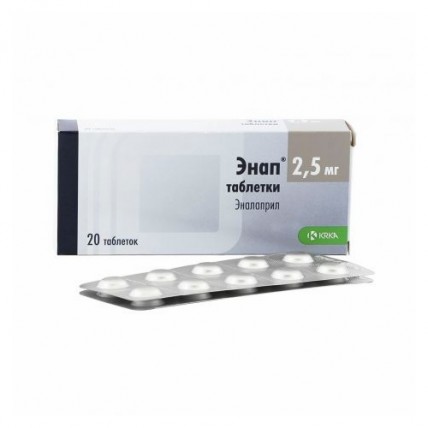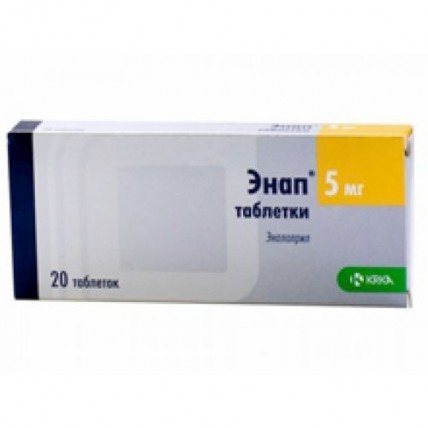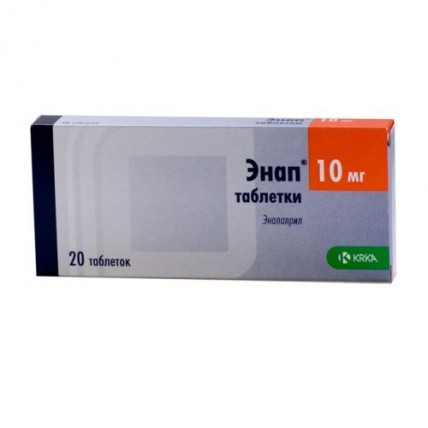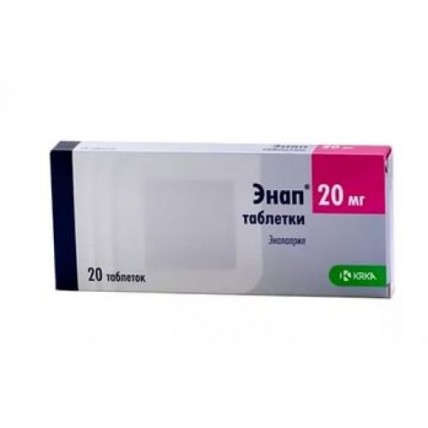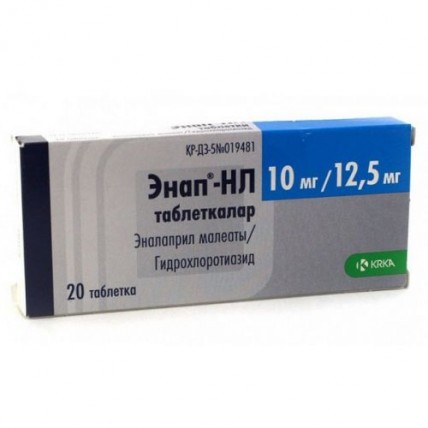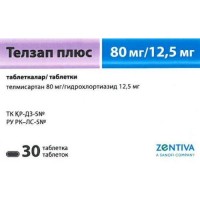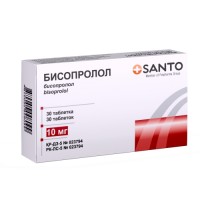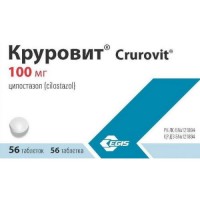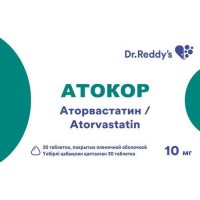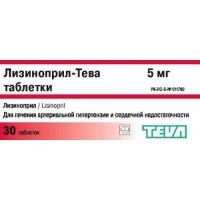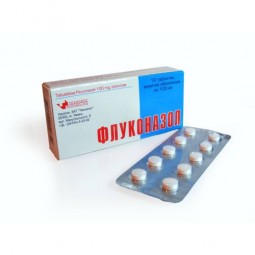What is ENAP® (Enalapril) and its variants ENAP®-H and ENAP®-HL?
ENAP® (Enalapril) is a medication used to treat high blood pressure (hypertension) and heart failure.
It belongs to the class of drugs called angiotensin-converting enzyme (ACE) inhibitors, which work by relaxing blood vessels, making it easier for the heart to pump blood and reducing strain on the heart.
ENAP®-H and ENAP®-HL are combination medications that contain both Enalapril and Hydrochlorothiazide.
These are specifically designed for patients who need additional help managing their blood pressure.
By combining two types of medicines—Enalapril (an ACE inhibitor) and Hydrochlorothiazide (a diuretic, or water pill)—these drugs offer more effective blood pressure control.
- ENAP®-H contains 10 mg of Enalapril and 25 mg of Hydrochlorothiazide.
- ENAP®-HL contains 10 mg of Enalapril and 12.5 mg of Hydrochlorothiazide.
How does ENAP®, ENAP®-H, and ENAP®-HL work?
The primary action of Enalapril is to block the action of an enzyme that causes blood vessels to tighten.
This relaxes the blood vessels, allowing blood to flow more easily and helping reduce blood pressure.
It also helps prevent the progression of heart failure by easing the heart’s workload.
Hydrochlorothiazide is a diuretic that works by increasing urine production, which removes excess sodium and water from the body.
This helps lower blood pressure by reducing the amount of fluid circulating in the blood vessels.
What are the uses of ENAP® and its variants?
All forms of ENAP®, including ENAP®-H and ENAP®-HL, are used to treat the following conditions:
- High blood pressure (hypertension): Controlling high blood pressure reduces the risk of strokes, heart attacks, and kidney problems.
- Heart failure: It helps improve symptoms and prevents worsening of the condition.
- Asymptomatic left ventricular dysfunction: ENAP® helps prevent the progression of heart failure in patients who show no symptoms but are at risk.
The combination forms ENAP®-H and ENAP®-HL are particularly useful in patients whose blood pressure is not adequately controlled by Enalapril alone or who require a diuretic to assist with fluid retention.
What precautions should be taken before using ENAP®, ENAP®-H, or ENAP®-HL?
Before starting treatment, make sure to inform your doctor if you have any of the following conditions:
- Kidney disease or if you are on dialysis.
- Liver disease.
- A history of angioedema (severe swelling under the skin).
- Following a low-sodium diet.
- Use of other medications such as those for diabetes, heart disease, or blood pressure.
You should avoid ENAP®, ENAP®-H, or ENAP®-HL if:
- You are pregnant or planning to become pregnant, as these medications can harm an unborn baby, especially after the third month of pregnancy.
- You are allergic to any of the components of the drug, including Hydrochlorothiazide.
How should ENAP®, ENAP®-H, or ENAP®-HL be taken?
ENAP® (Enalapril) is typically taken once a day, with or without food. The dosage may vary depending on the condition being treated:
- For high blood pressure, the starting dose is usually 5-20 mg per day. The usual maintenance dose is 20 mg once a day, with a maximum dose of 40 mg per day.
- For heart failure, the starting dose is 2.5 mg per day, which may be gradually increased to a maximum of 40 mg per day in divided doses.
ENAP®-H and ENAP®-HL tablets are also taken once daily:
- ENAP®-H (10 mg/25 mg) and ENAP®-HL (10 mg/12.5 mg) are typically prescribed when Enalapril alone does not provide sufficient blood pressure control. Your doctor will adjust the dosage based on your individual needs.
What are the possible side effects of ENAP®, ENAP®-H, and ENAP®-HL?
Common side effects for all forms of ENAP® include:
- Dizziness or lightheadedness, especially when standing up quickly.
- Cough.
- Fatigue or weakness.
- Nausea.
Specific to ENAP®-H and ENAP®-HL, which contain Hydrochlorothiazide, additional side effects may include:
- Frequent urination.
- Electrolyte imbalances (low levels of potassium or sodium).
- Muscle cramps or weakness.
If you experience serious side effects like swelling of the face, lips, tongue, or throat (a sign of angioedema), difficulty breathing, or severe dizziness, seek medical attention immediately.
Can ENAP®, ENAP®-H, and ENAP®-HL be taken with other medications?
There are several important drug interactions to be aware of:
- Diuretics, such as Hydrochlorothiazide, increase the risk of low potassium levels. You may need to adjust your electrolyte intake.
- Lithium, used for mental health conditions, may increase the risk of toxicity when taken with ENAP®.
- NSAIDs (such as ibuprofen) may reduce the effectiveness of ENAP® in lowering blood pressure.
- Medications for diabetes, especially insulin or oral antidiabetic drugs, may require adjustments as ENAP® can affect blood sugar levels.
Always inform your doctor about all the medications and supplements you are taking.
How should ENAP®, ENAP®-H, and ENAP®-HL be stored?
Store these medications in their original packaging at room temperature, below 25°C (77°F), away from moisture and heat. Keep them out of reach of children.
Do not use them after the expiration date listed on the package.
